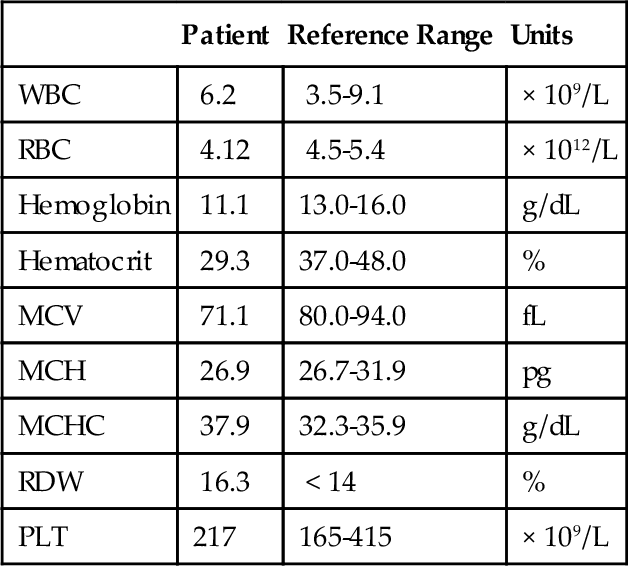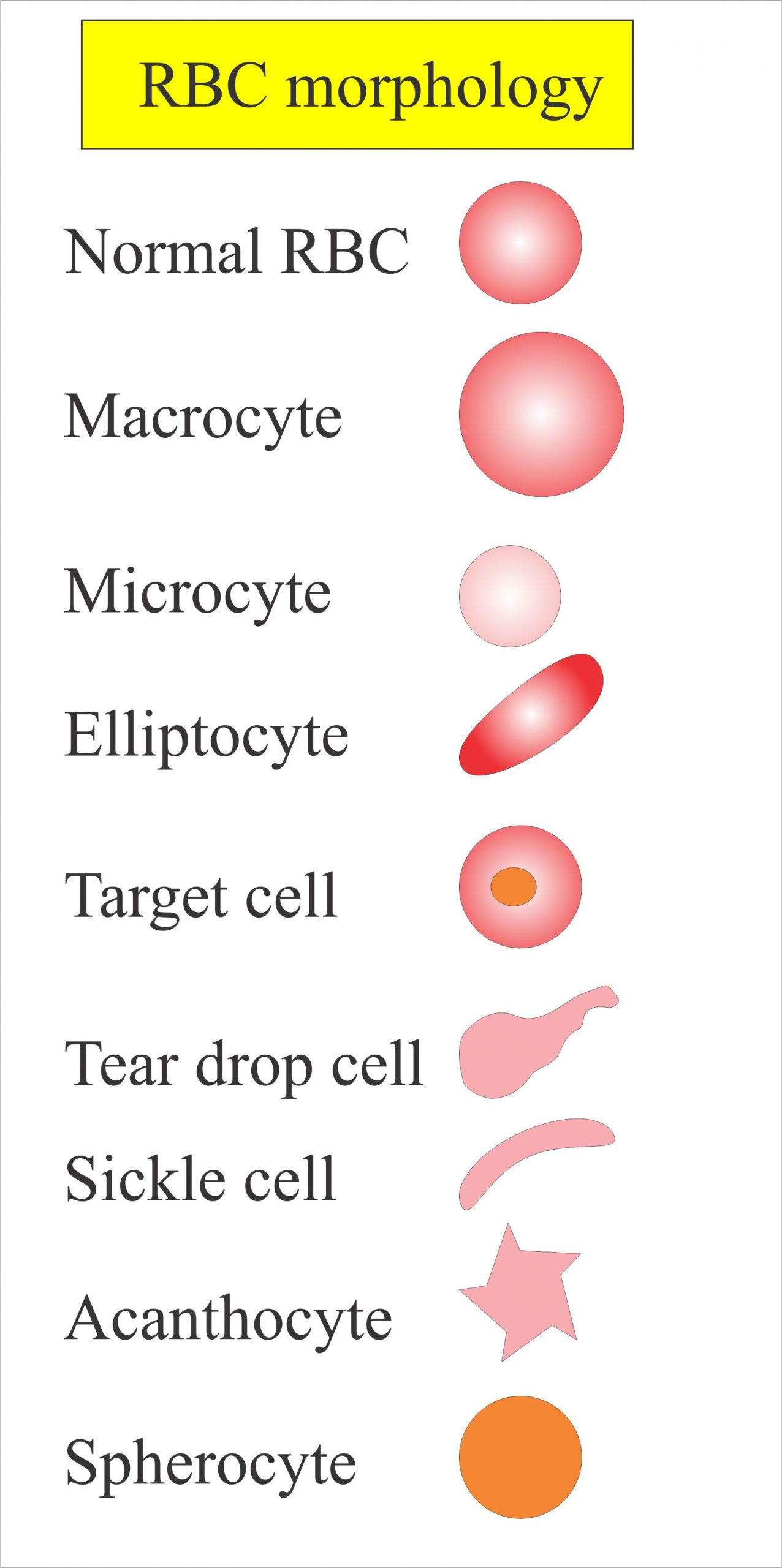Blood Group Phenotype Red Blood Cells Chart There are currently 47 recognised blood group systems containing 366 red cell antigens October 2024 The 47 systems are genetically determined by 52 genes For more information please click on the following links Blood Group Systems Antigens in Systems Blood Group Allele Tables ISBT also maintain three categories for antigens that have
Blood group phenotypes An individual s phenotype is determined by the expression of antigens on their red cells The frequency of blood group phenotypes within a population is determined by the ethnic diversity of a region due to the patterns of inheritance of the blood groups Blood types are a classification of blood based on the presence or absence of specific antigens on the surface of red blood cells These antigens determine the body s immune response to foreign substances and are crucial in the context of blood transfusions organ transplants and pregnancy
Blood Group Phenotype Red Blood Cells Chart

Blood Group Phenotype Red Blood Cells Chart
https://www.flinnsci.ca/globalassets/flinn-scientific/all-product-images-rgb-jpegs/fb0368.jpg?v=970c9c2e58384e6eb725b34420de4477

Blood Type Phenotype Chart
https://www.labpedia.net/wp-content/uploads/-blood-banking-part-1-blood-grouping-blood-abo-and-rh-typing-/genotype-of-baby-and-parents3-4-1024x863.jpg

Blood Cells Chart Etsy
https://i.etsystatic.com/35069249/r/il/d8eea7/3966898340/il_1080xN.3966898340_698j.jpg
RBCs with the A 1 phenotype react with anti A1 and make up about 80 of blood type A RBCs with the A 2 phenotype do not react with anti A1 and they make up about 20 of blood type A A 1 red cells express about 5 times more A antigen than A 2 red cells but both types of red cell react with anti A and as far as transfusion purposes are Blood Groups and Red Cell Antigens is a guide to the differences in our blood types that complicate blood transfusions and pregnancy It accompanies the dbRBC a new NCBI resource that contains clinical and DNA data about human red blood cells
Two genes RHD and RHCE encode the Rh antigens The Rh genes are 97 identical and they are located next to each other on chromosome 1 The D d polymorphism most commonly arises from a deletion of the entire RHD gene Blood type or blood group is determined in part by the ABO blood group antigens present on red blood cells A blood type also known as a blood group is a classification of blood based on the presence and absence of antibodies and inherited antigenic substances on the surface of red blood cells RBCs
More picture related to Blood Group Phenotype Red Blood Cells Chart

Download Red Blood Cells Blood Health Royalty Free Stock Illustration Image Pixabay
https://cdn.pixabay.com/photo/2023/05/13/20/23/red-blood-cells-7991391_1280.jpg

Premium Vector The Composition Of Blood Poster Red Blood Cells White Blood Cells Platelets And
https://img.freepik.com/premium-vector/composition-blood-poster-red-blood-cells-white-blood-cells-platelets-plasma-vector_751874-966.jpg

Antigens On Red Blood Cells Chart At Melody Barrios Blog
https://d3i71xaburhd42.cloudfront.net/10dffb91283c63e7d275f1af53d980aa84f82620/5-Figure5-3-1.png
Phenotypes are represented by the system symbol followed by a colon followed by a list of antigens separated by commas Those antigens shown to be absent are preceded by a minus sign e g KEL 1 2 3 4 Alleles are designated by the system symbol followed by an asterisk and antigen number all italicised e g KEL 02 Determining the antigens carried on a red blood cell using serologic methods i e using antibodies against specific antigens on the red cells The phenotype of any blood group refers to which antigens are detectable on the RBC and it usually though not always corresponds to the genes that the patient carries
For human blood transfusions it is the most important of the 44 different blood type or group classification systems currently recognized by the International Society of Blood Transfusions ISBT as of December 2022 2 3 A mismatch in this serotype or in various others can cause a potentially fatal adverse reaction after a transfusion o Blood type or blood group is a genetic characteristic associated with the presence or absence of certain molecules called antigens on the surface of red blood cells These molecules may help maintain the integrity of the cell membrane act as receptors or have other biological functions

Red Blood Cells By Seeking The Narrow Way Goodreads
https://images-na.ssl-images-amazon.com/images/S/compressed.photo.goodreads.com/books/1538148425i/42089065.jpg

Advantages And Disadvantages Of Red Blood Cells
https://aspiringyouths.com/wp-content/uploads/2023/09/hs4jjtef8tfgw8osmdhe.png

https://www.isbtweb.org › isbt-working-parties › rcibgt.html
There are currently 47 recognised blood group systems containing 366 red cell antigens October 2024 The 47 systems are genetically determined by 52 genes For more information please click on the following links Blood Group Systems Antigens in Systems Blood Group Allele Tables ISBT also maintain three categories for antigens that have

https://www.lifeblood.com.au › ... › testing › blood-groups › phenotypes
Blood group phenotypes An individual s phenotype is determined by the expression of antigens on their red cells The frequency of blood group phenotypes within a population is determined by the ethnic diversity of a region due to the patterns of inheritance of the blood groups

Red Blood Cell Compatibility Chart Blood Type Chart

Red Blood Cells By Seeking The Narrow Way Goodreads

Blood Group Blood Type 35857695 PNG

Hematology Red Blood Cells Basicmedical Key

Red Blood Cells And White Blood Cells Difference

Complete Blood Count CBC Part 2 Red Blood Cells Morphology Functions Interpretations And

Complete Blood Count CBC Part 2 Red Blood Cells Morphology Functions Interpretations And

The Importance Of Blood Within Our Bodies Blood Cancer

Development Of Different Blood Cells In The Red Bone Marrow decalcified Diagram Quizlet

Types Of Red Blood Cells Also Leukocytes Vintage Engraving 35466075 Vector Art At Vecteezy
Blood Group Phenotype Red Blood Cells Chart - Two genes RHD and RHCE encode the Rh antigens The Rh genes are 97 identical and they are located next to each other on chromosome 1 The D d polymorphism most commonly arises from a deletion of the entire RHD gene